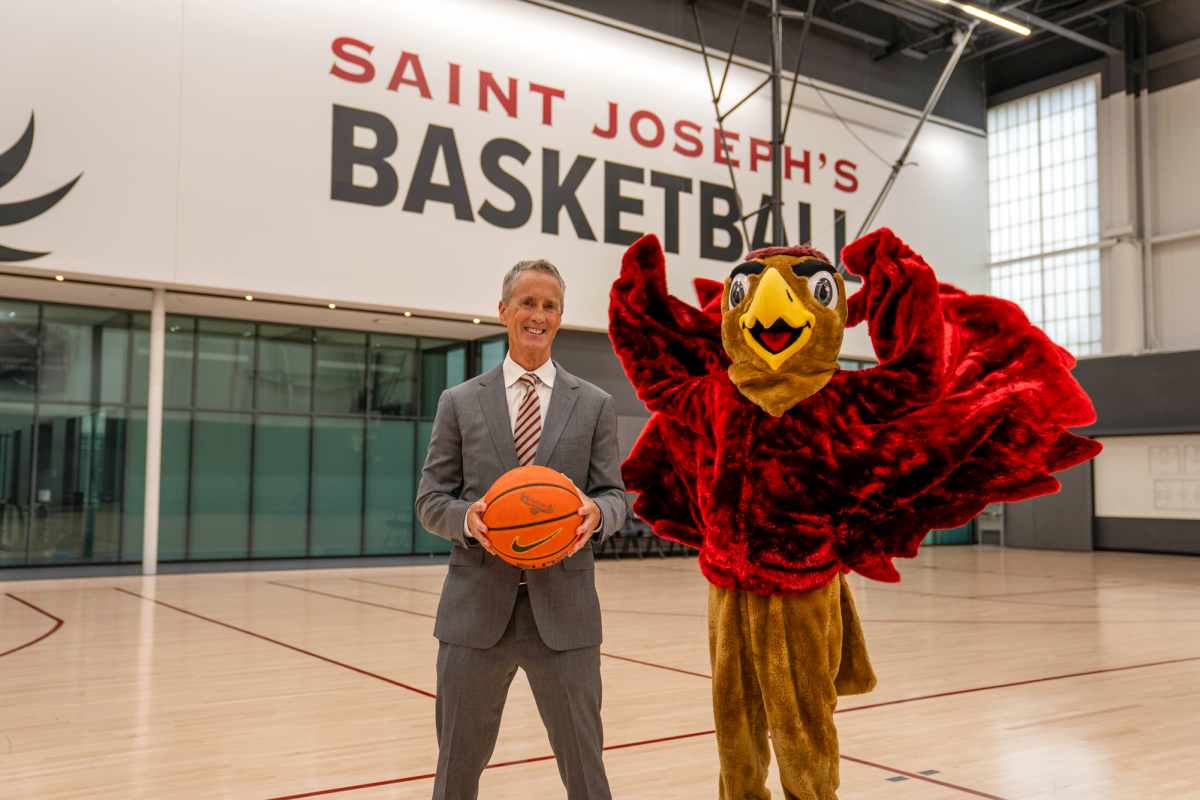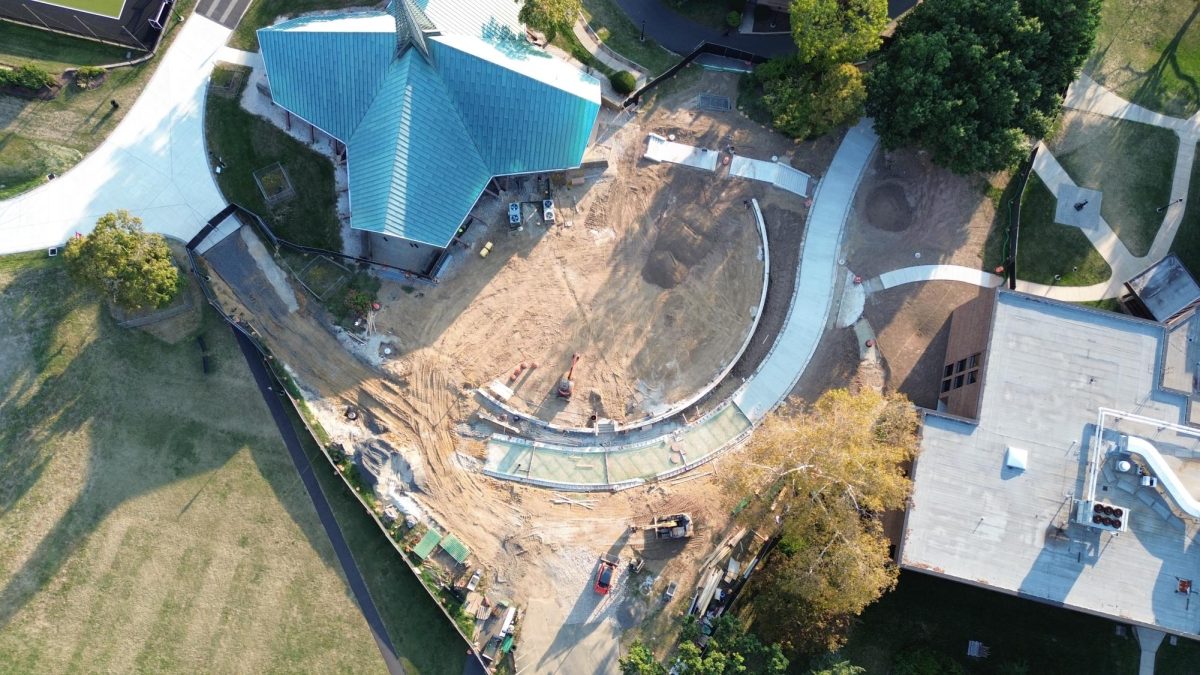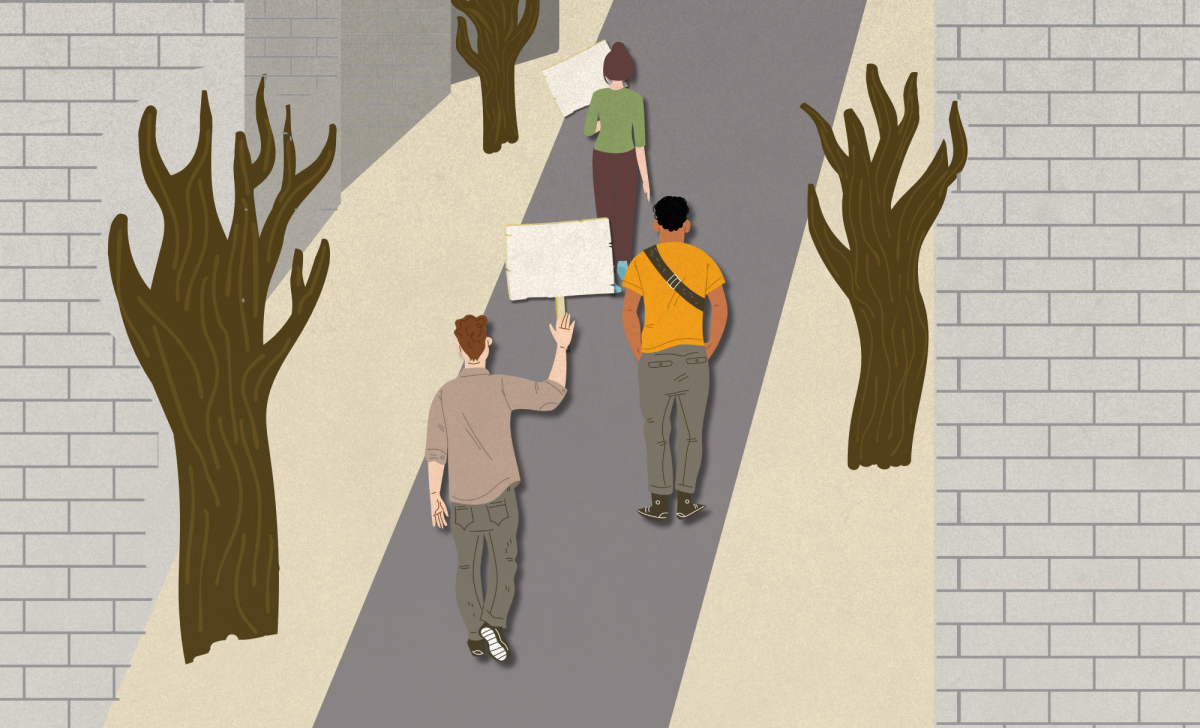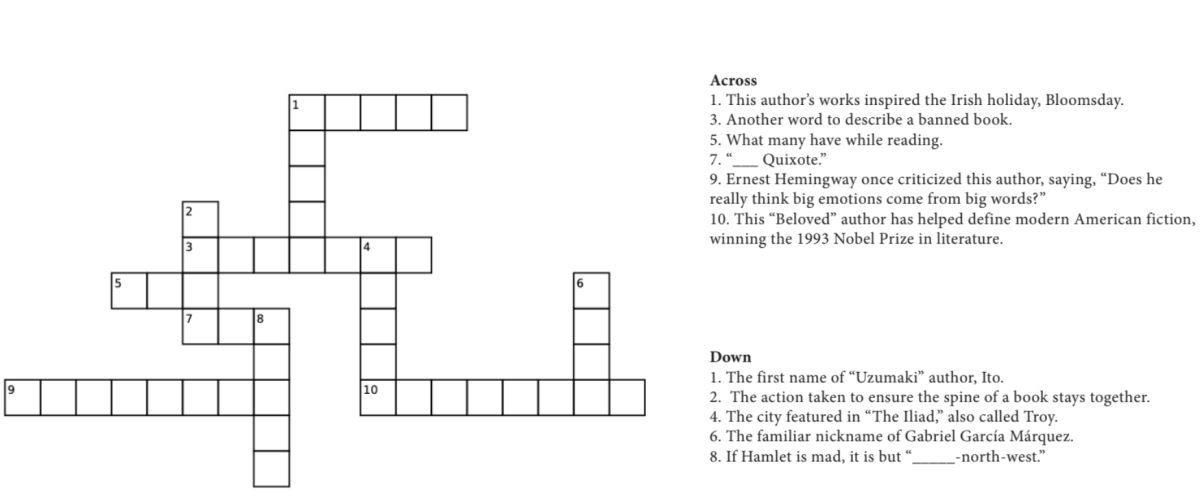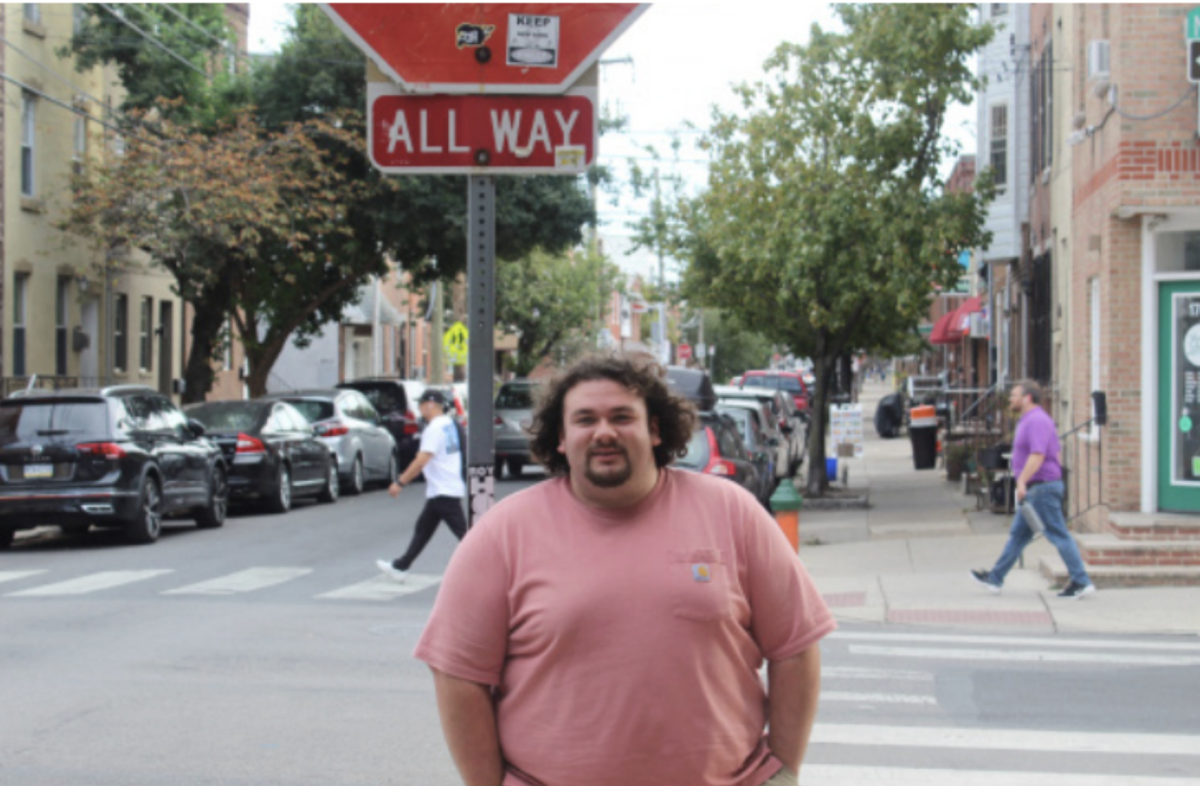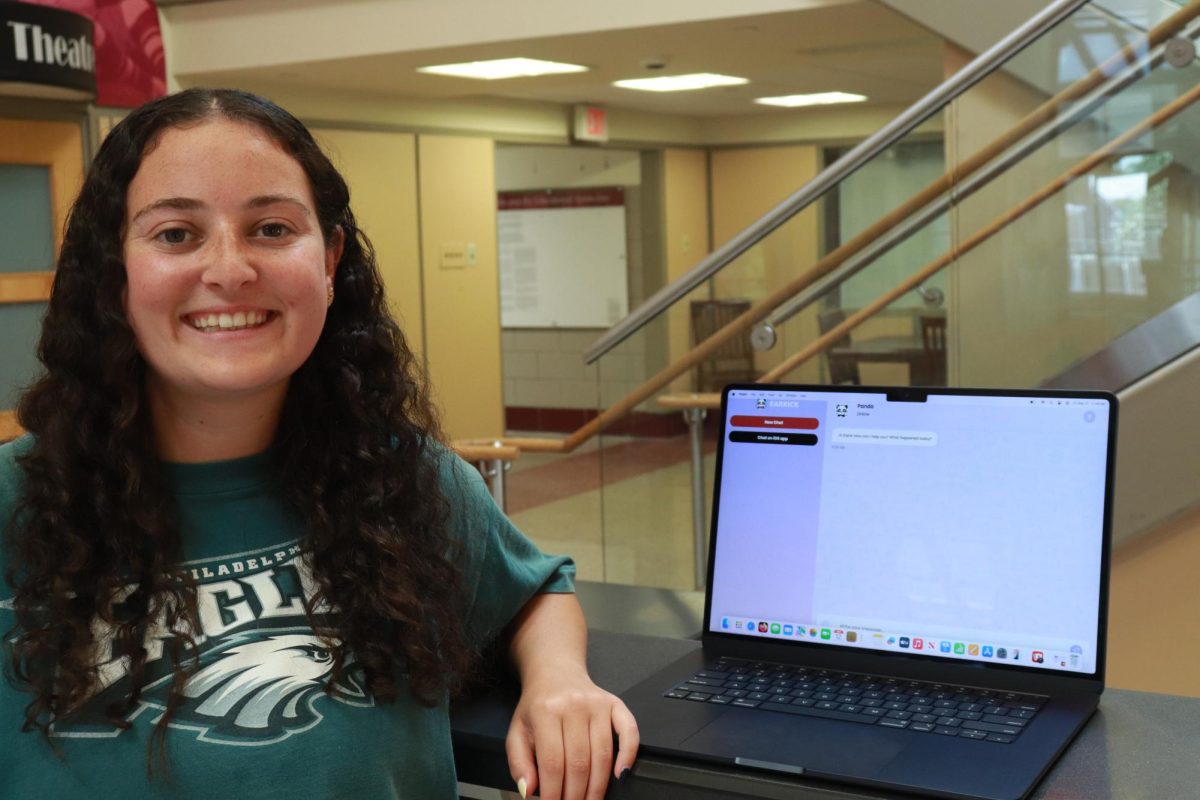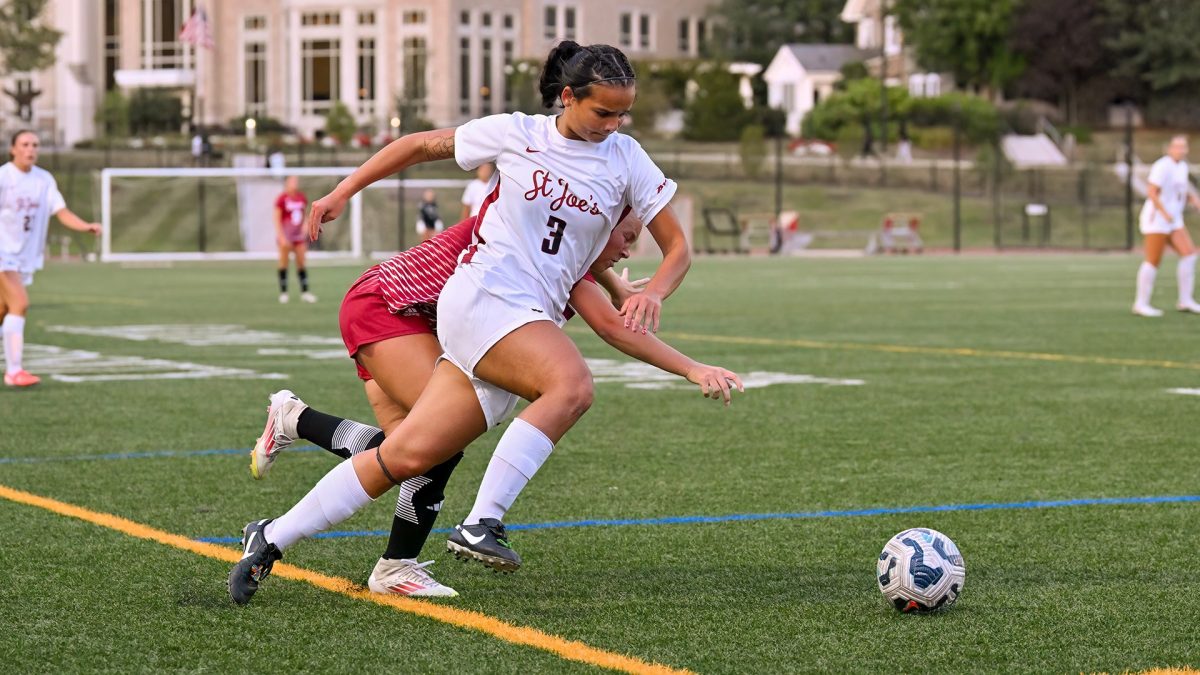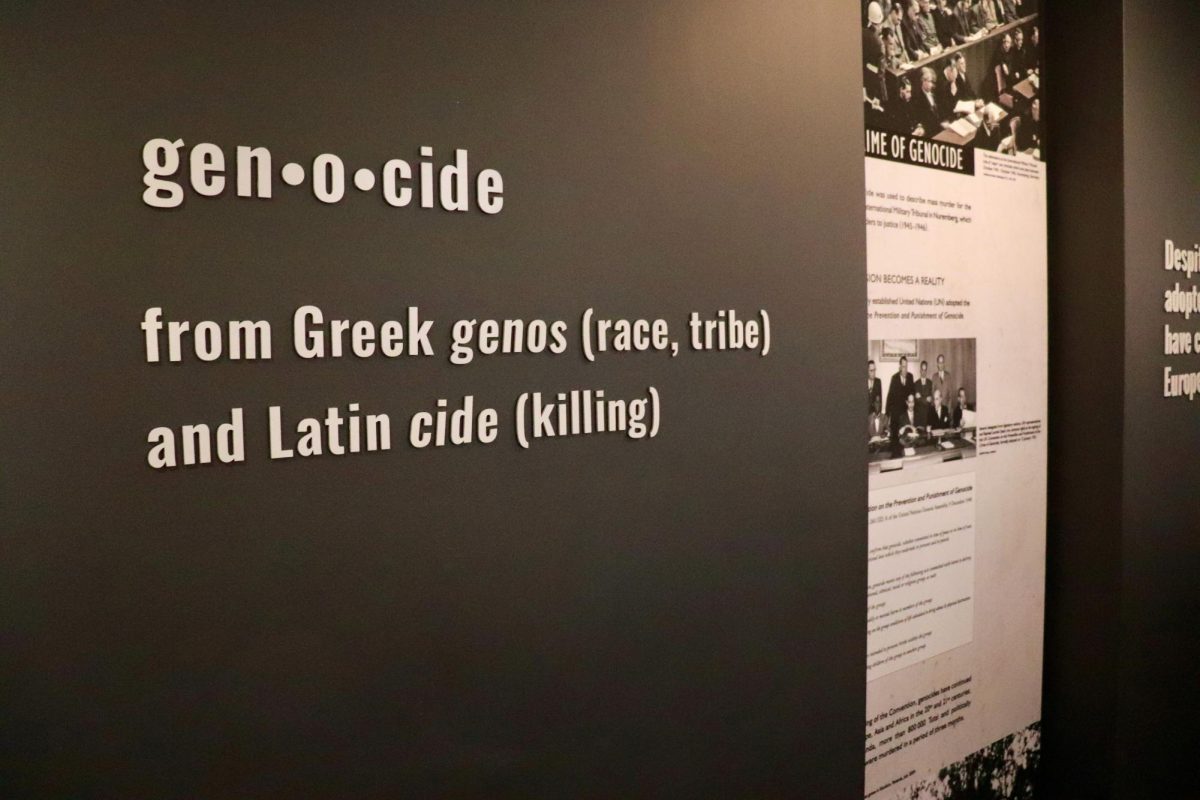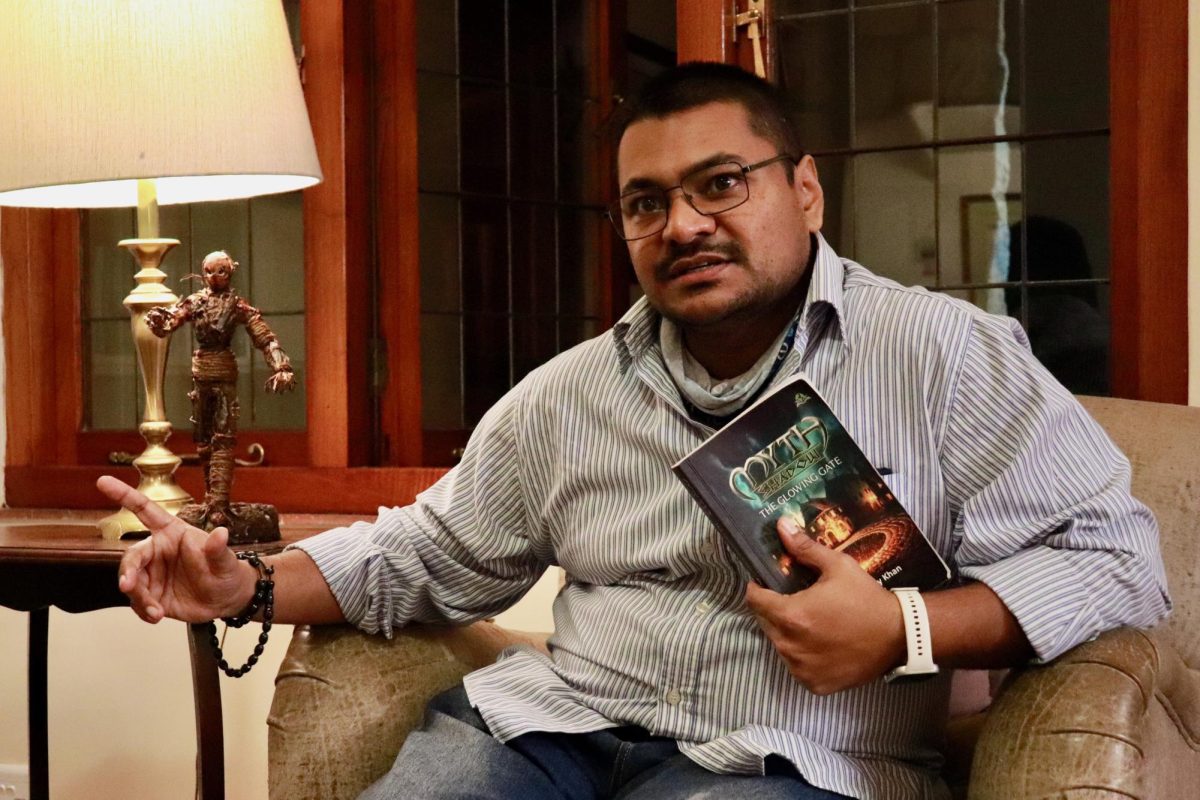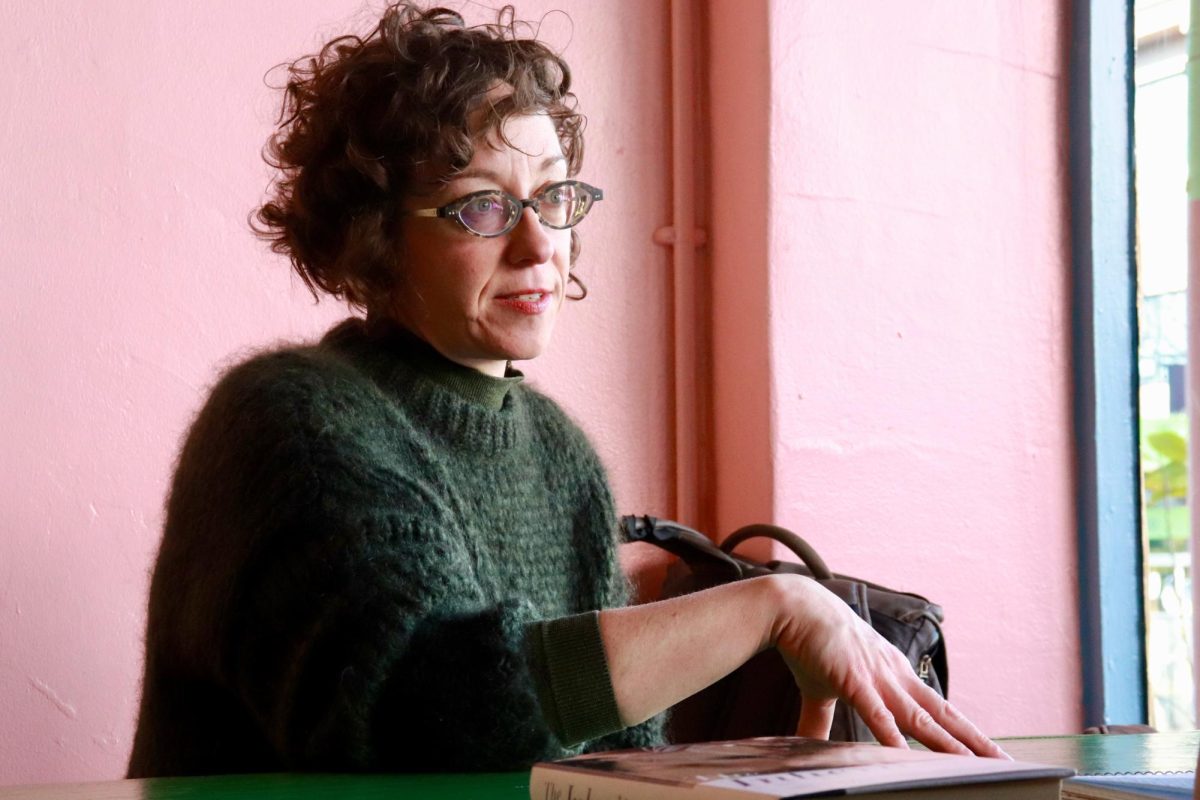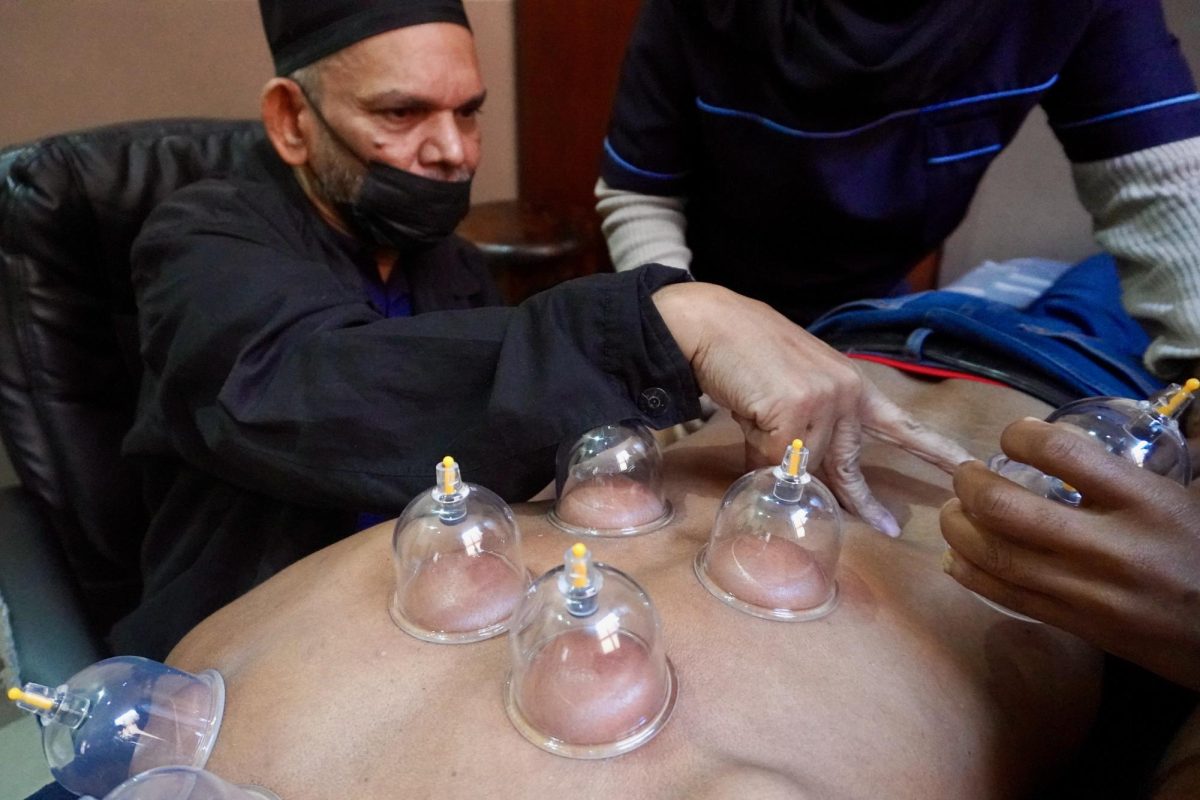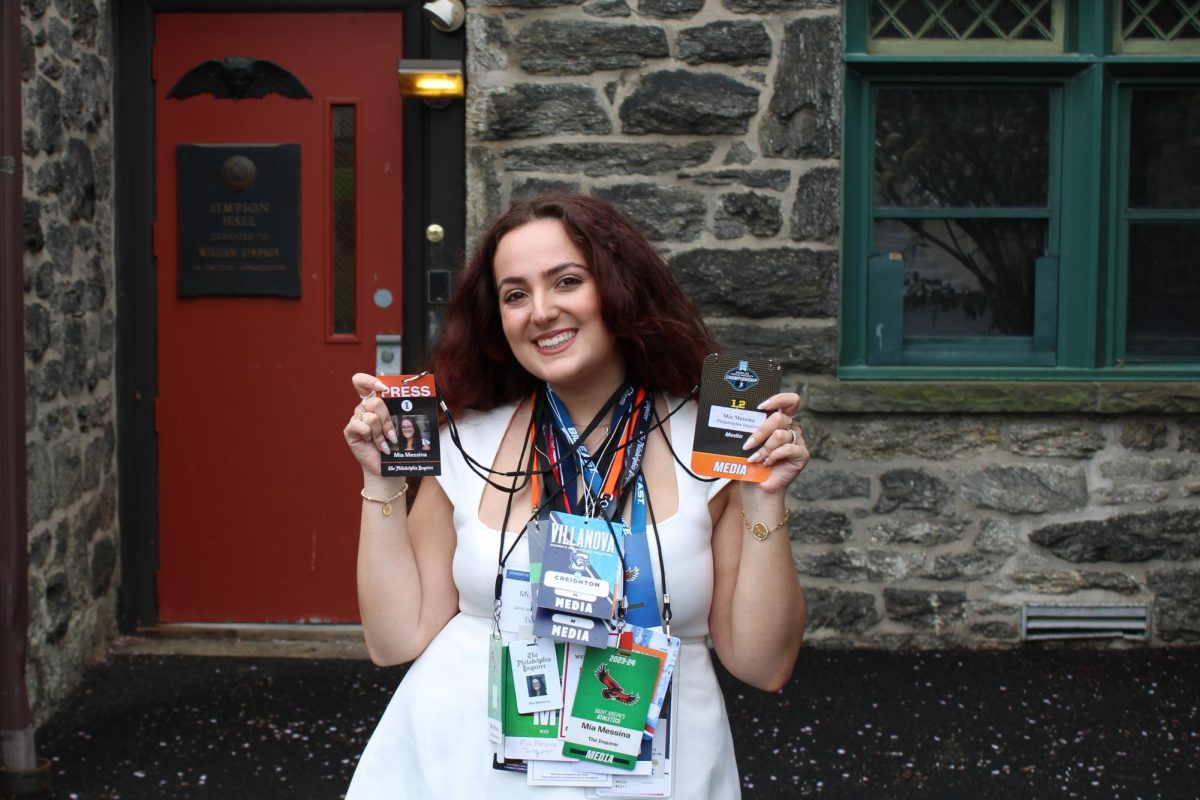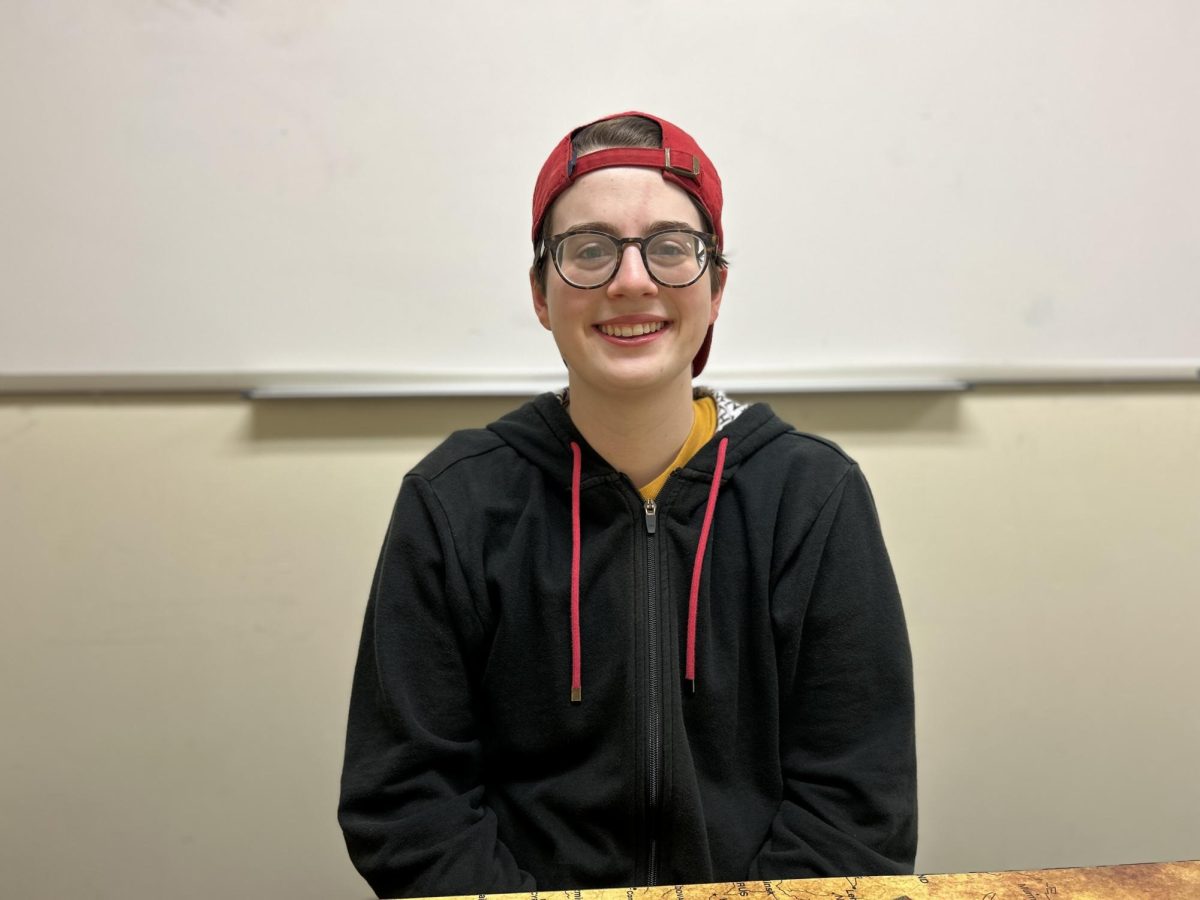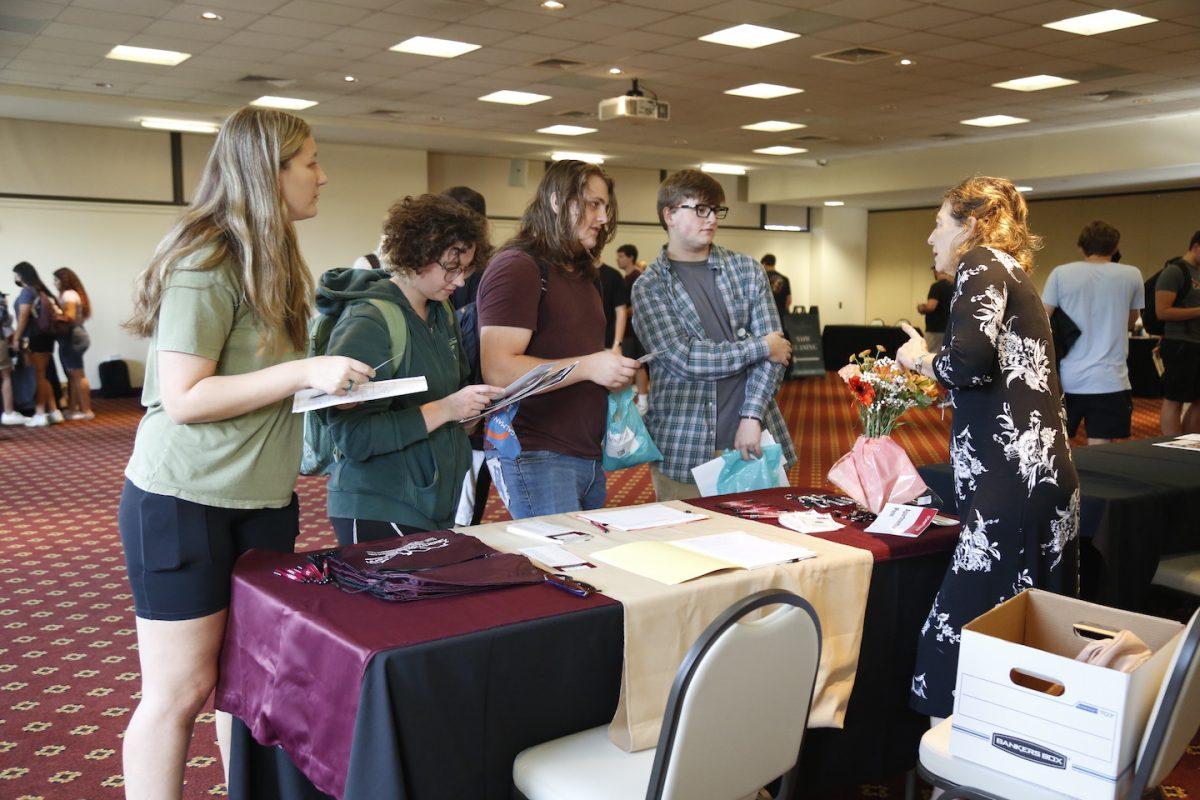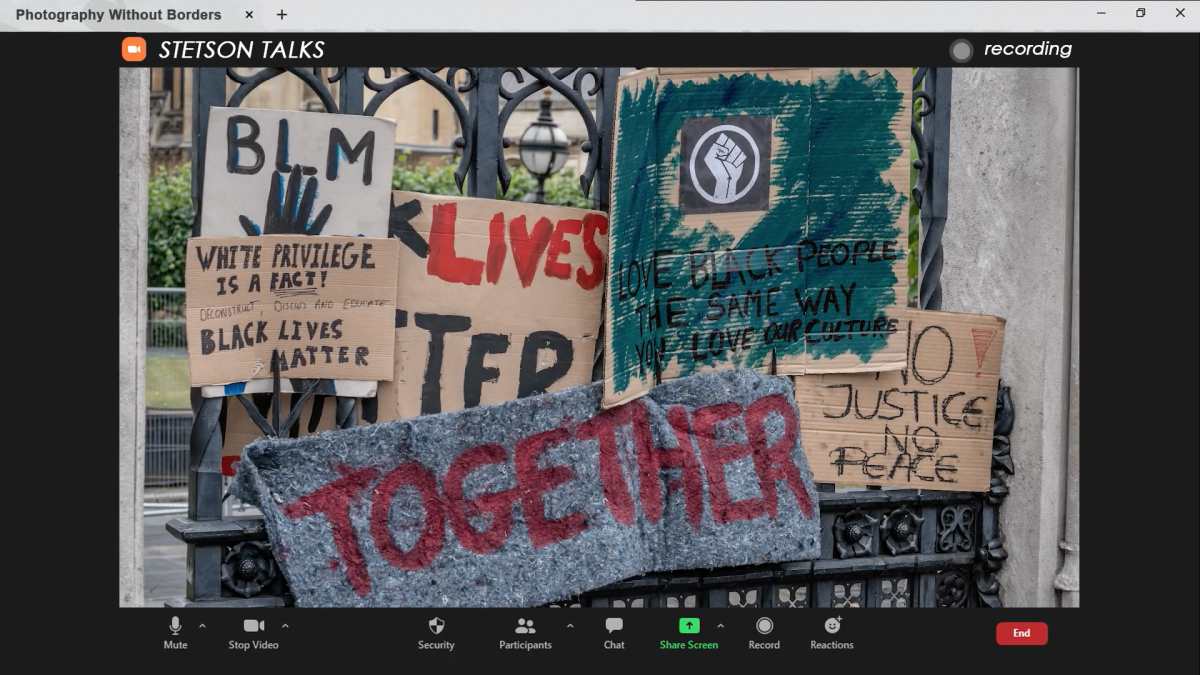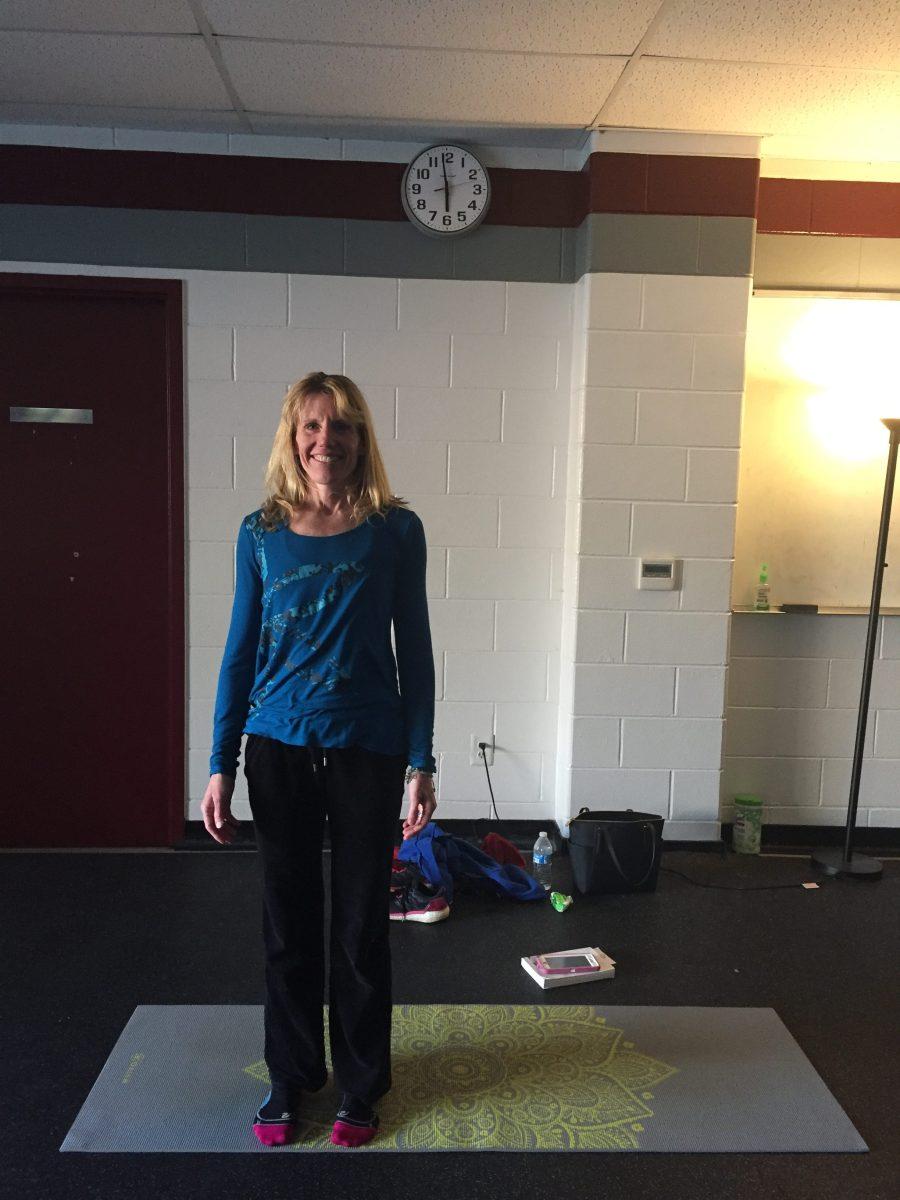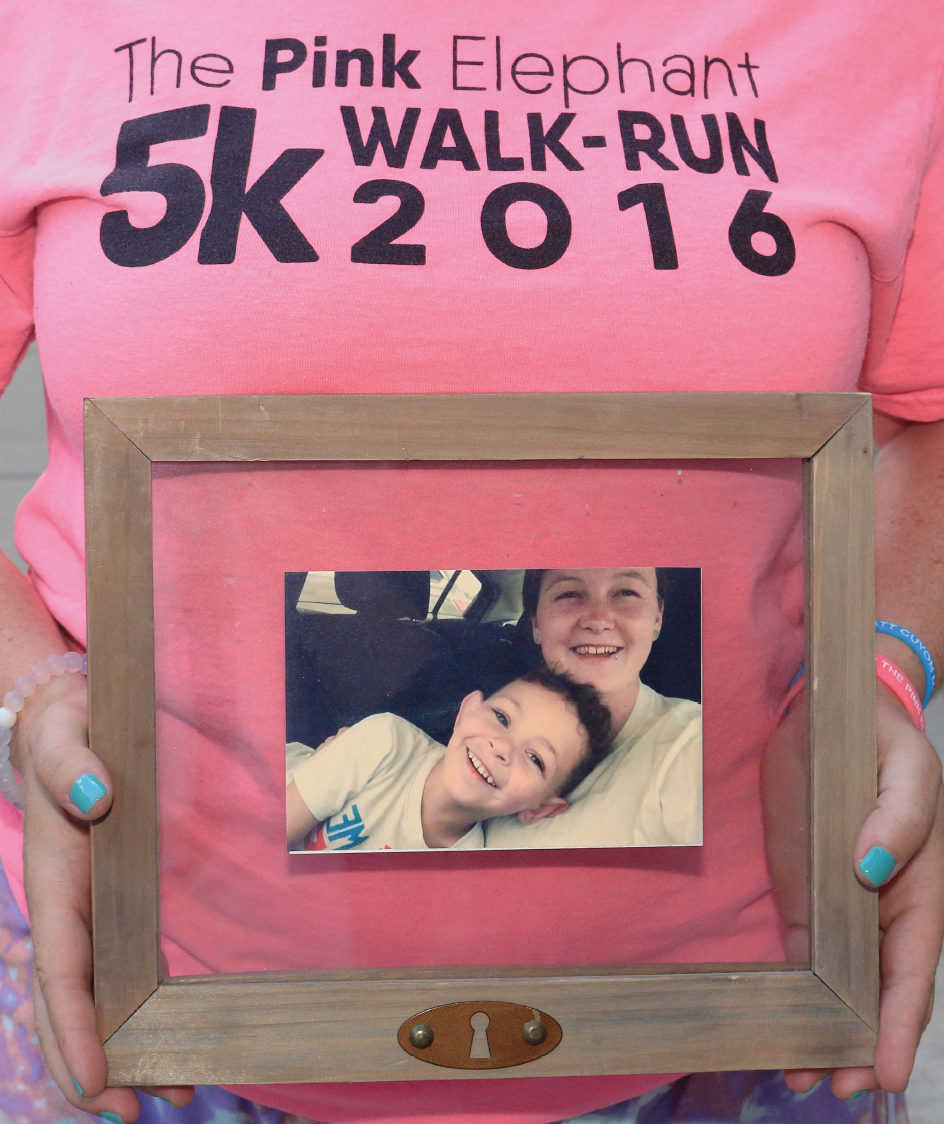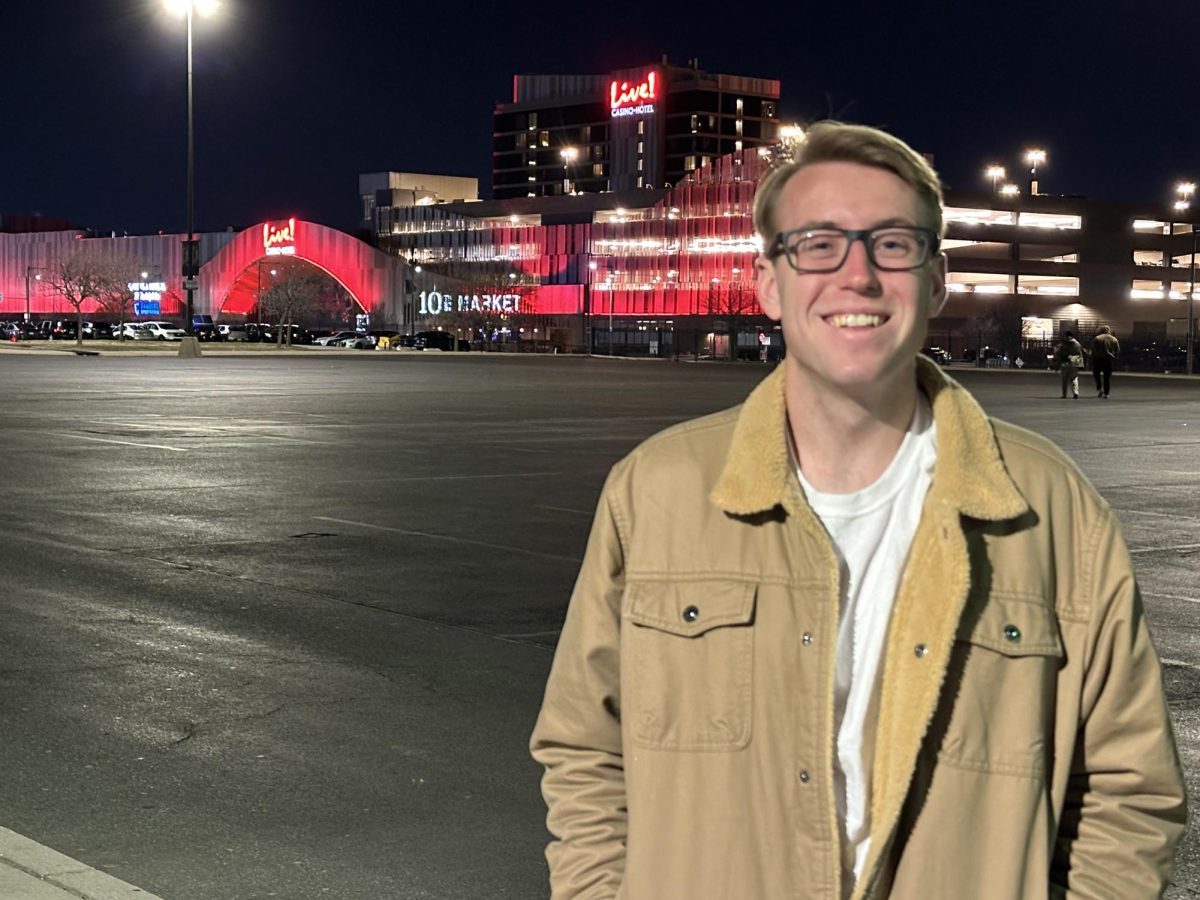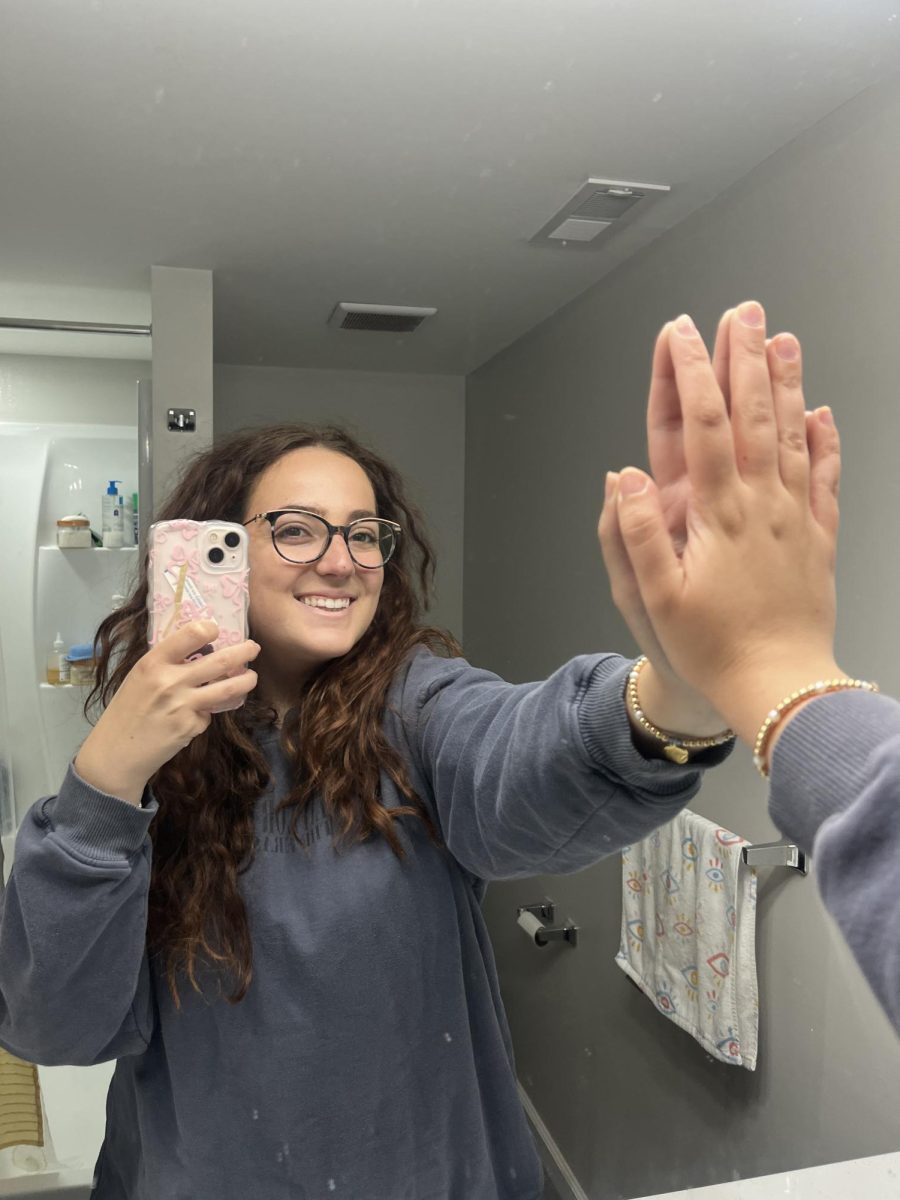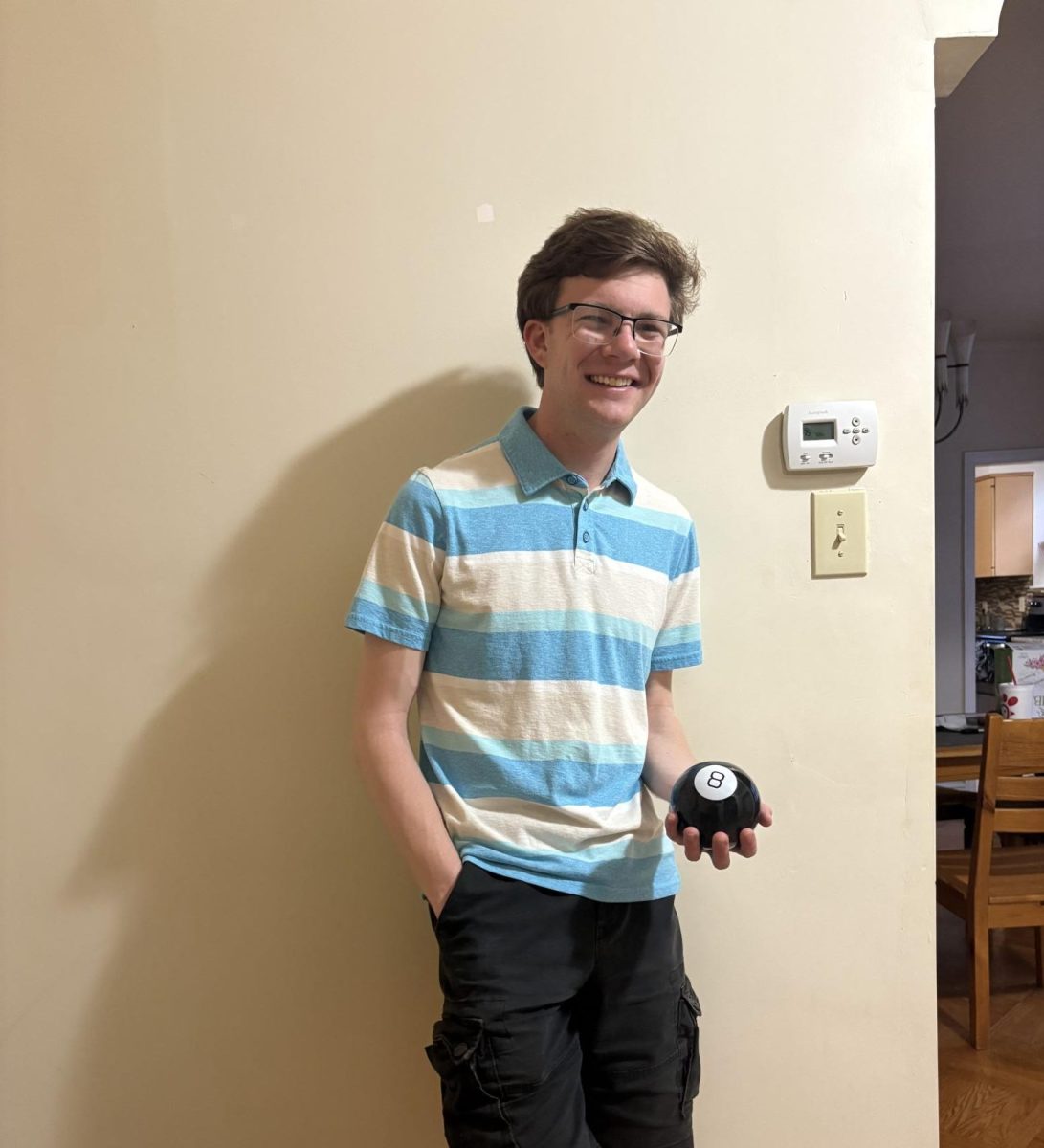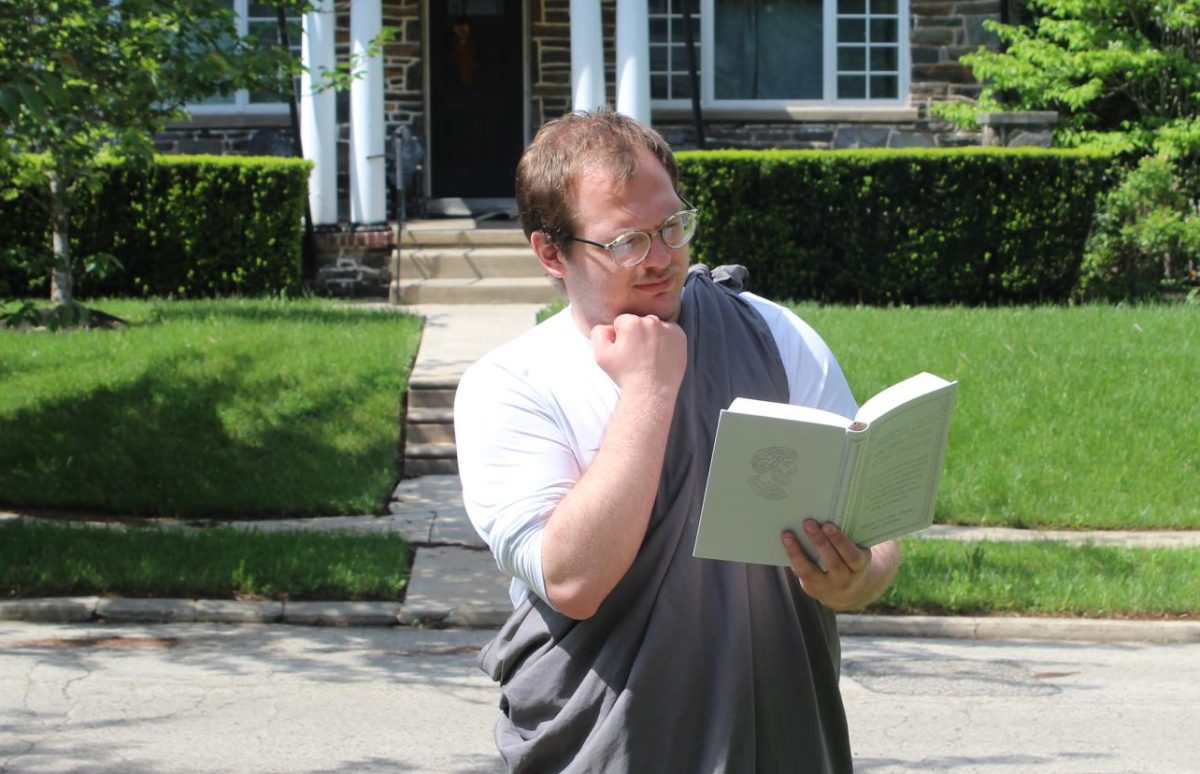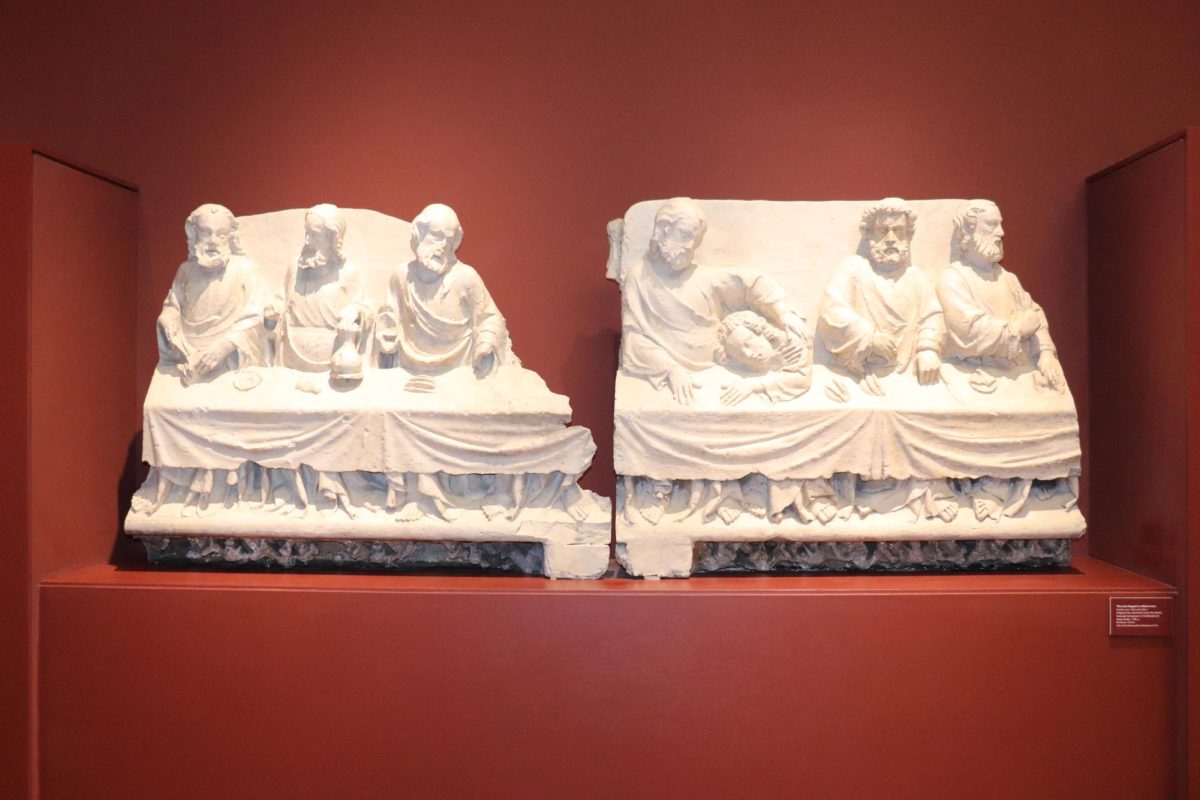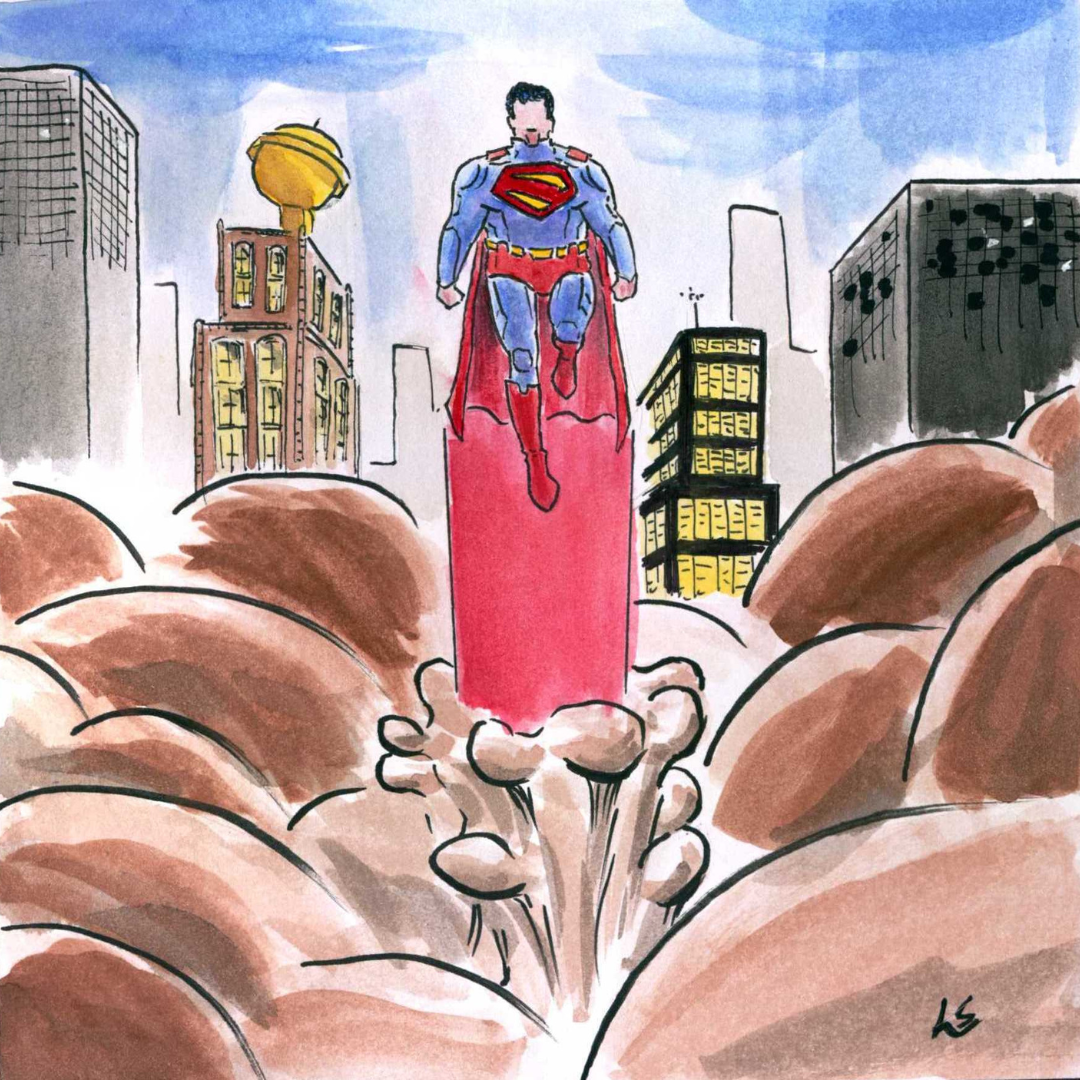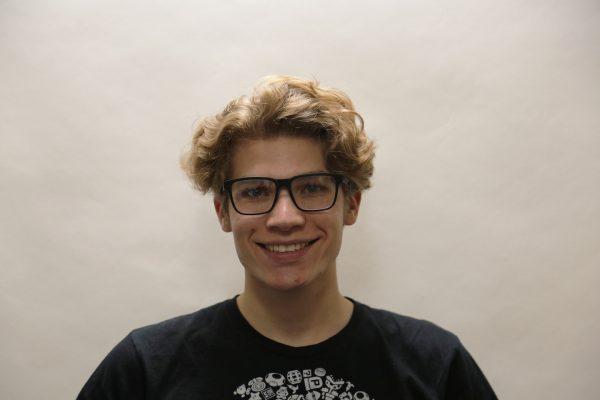Two plaster casts of unidentified apostles can be found on display in the Chapel of St. Joseph for Mission Week, where they will be cleaned and preserved.
Given to St. Joe’s by the Metropolitan Museum of Art (MET) in New York City, the casts are slightly over five feet tall. They were likely created in the 19th century and were gifted to St. Joe’s in 2009, where they have largely remained in storage.
The casts are recreations of statues from Cathédrale Notre-Dame d’Amiens in Amiens, France, which was built in the 13th century. The cathedral depicts the mission of the Twelve Apostles, with Christ in the center.
Celeste Friend ’26, an intern at the Frances M. Maguire Art Museum, is working on finding out which apostles the statues depict.
“I’m doing a lot of research trying to figure out who they are, but they’re vague,” Friend said. “There’s not standout symbolism or iconography that tells us which apostles they are, but I’m talking with people from the MET right now, trying to figure out who they may represent.”
Friend says an object conservator is coming to clean the statues. They’ll then be painted to match the casts that are currently on display at the Maguire Museum.
The statues are part of a larger collection of plaster casts that were given to St. Joe’s by the MET. The collection was lent to the university in 1999. Half of the collection was gifted to St. Joe’s in 2009, and the other half is still on loan.
Jeanne Bracy, associate director of the Maguire Art Museum, discussed the project as part of larger St. Joe’s events and initiatives.
“We wanted to tie this in with Mission Week because it’s preserving religious art, and, at the museum, we have a lot of other activities planned,” Bracy said. “One of my ideas with this internship project was to make it possible to learn more about conservation, what we do in the museum, our collection and how students can get involved.”
Erin Downey, Ph.D., assistant curator at the Maguire Art Museum, also helped in developing this project and finding a place on campus for the casts.
“This was really an ideal situation for us where we were able to take two works that are really beautiful, that have this wonderful history and had such great potential and finally be able to place them into more of an accessible space for our students, faculty and staff, while also building on our educational purpose,” Downey said.


